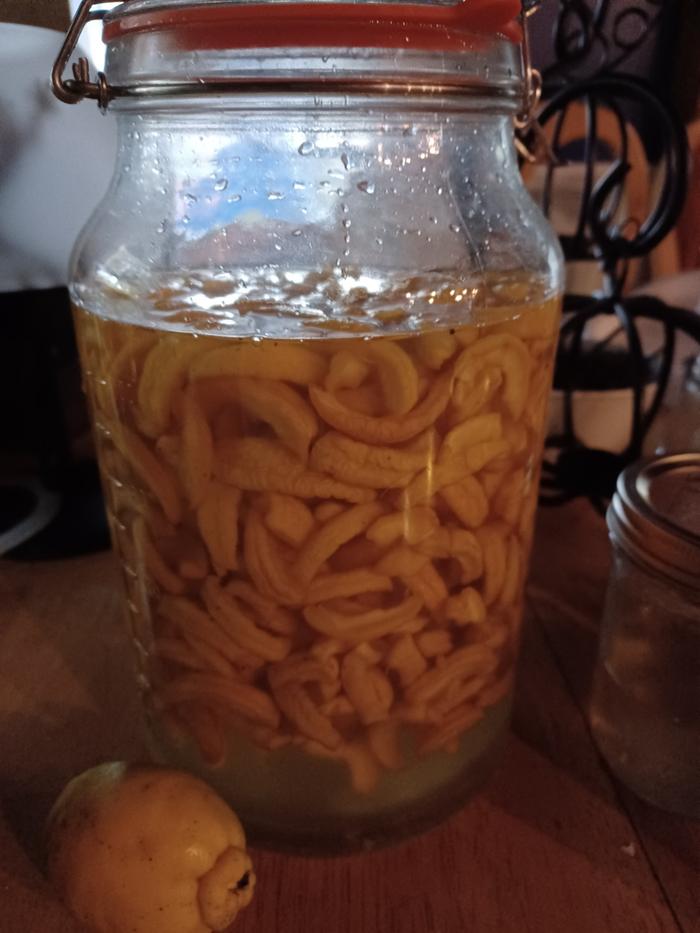
 6
6








"Them that don't know him don't like him and them that do sometimes don't know how to take him, he ain't wrong he's just different and his pride won't let him do the things to make you think he's right" - Ed Bruce (via Waylon and WIllie)

 2
2




How Permies works: https://permies.com/wiki/34193/permies-works-links-threads
My projects on Skye: The tree field, Growing and landracing, perennial polycultures, "Don't dream it - be it! "
 1
1




 1
1




Permaculture...picking the lock back to Eden since 1978.
Pics of my Forest Garden
 1
1





Permaculture...picking the lock back to Eden since 1978.
Pics of my Forest Garden
 2
2




Permaculture...picking the lock back to Eden since 1978.
Pics of my Forest Garden
 2
2
















 2
2




How Permies works: https://permies.com/wiki/34193/permies-works-links-threads
My projects on Skye: The tree field, Growing and landracing, perennial polycultures, "Don't dream it - be it! "
 1
1




Permaculture...picking the lock back to Eden since 1978.
Pics of my Forest Garden
 4
4




Nancy Reading wrote:I used this method successfully this year to candy angelica too - worked out very well. I want to try with sweet cicely (Myhrris odorata) green seeds next. They are yummy when they are young, but soon go tough. This may be a way of enjoying them for longer.
















Anthony Powell wrote:I've cooked with Sweet Cicely roots - when a plant needed to come out. I made a flapjack.
How Permies works: https://permies.com/wiki/34193/permies-works-links-threads
My projects on Skye: The tree field, Growing and landracing, perennial polycultures, "Don't dream it - be it! "












 2
2




Greg Martin wrote:Do let us know how that works out Nancy! I used this method to candy rhubarb this year and loved it, though the pieces shrank significantly. But still, was very tasty.
How Permies works: https://permies.com/wiki/34193/permies-works-links-threads
My projects on Skye: The tree field, Growing and landracing, perennial polycultures, "Don't dream it - be it! "
 2
2




Nancy Reading wrote:
Anthony Powell wrote:I've cooked with Sweet Cicely roots - when a plant needed to come out. I made a flapjack.
I'd be really interested in the recipe Anthony (bear in mind that most American Permies won't know what a UK flapjack is as the word is used for a different thing in US). It looks like we don't have a thread on Sweet cicely - do you fancy starting on in perenial vagetables perhaps? I'd love to use the plants I have more, they grow so well for me, but really all I do is much on the seeds!
For further flapjack discussions I've started a thread in cooking here: https://permies.com/t/236432/UK-flapjacks-oat-based-traybake




